Home>Furniture & Design>Bathroom Accessories>Why Is My Toilet Plunger Not Working
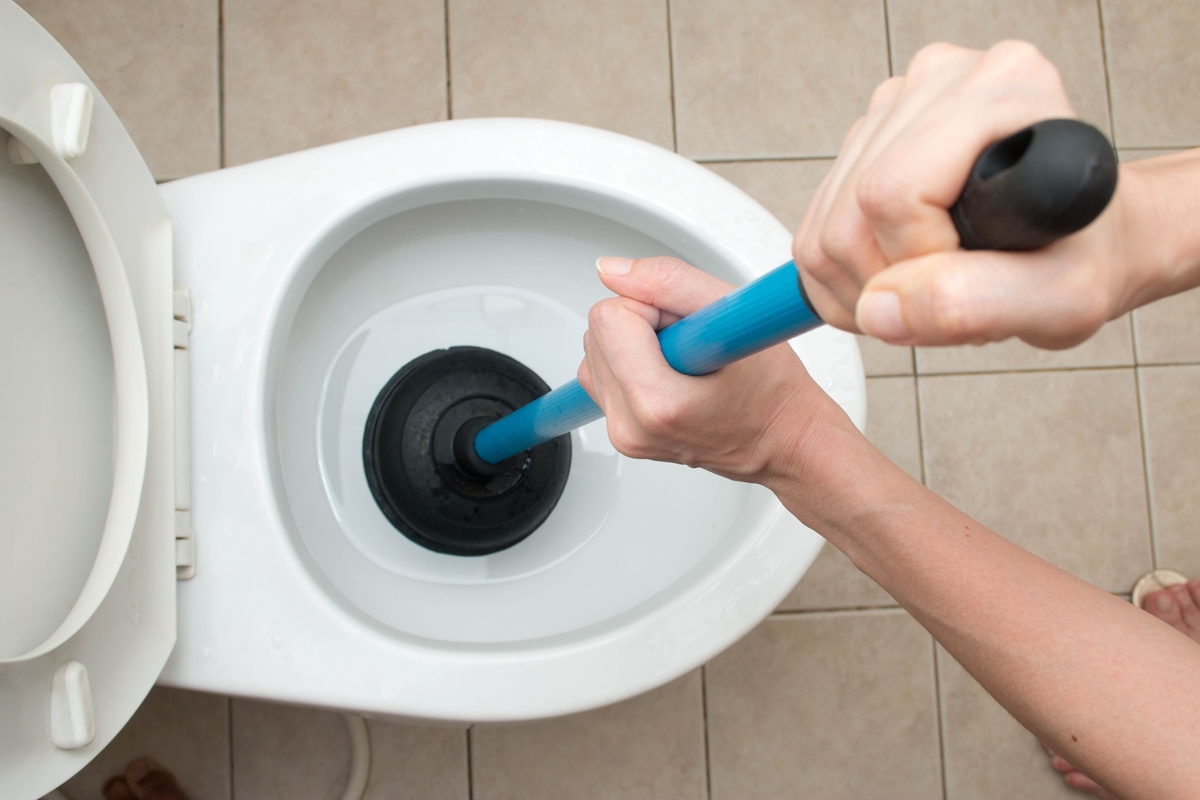

Bathroom Accessories
Why Is My Toilet Plunger Not Working
Modified: February 16, 2024
Discover the reasons why your toilet plunger may not be working effectively and find solutions to unclog your toilet with the right bathroom accessories. Keep your bathroom in top shape!
(Many of the links in this article redirect to a specific reviewed product. Your purchase of these products through affiliate links helps to generate commission for Storables.com, at no extra cost. Learn more)
Common Reasons for a Toilet Plunger Not Working
A toilet plunger is a simple yet effective tool for unclogging a stubborn toilet. However, there are instances when using a plunger does not yield the desired results. Understanding the common reasons for a toilet plunger not working can help troubleshoot the issue and explore alternative solutions.
-
Improper Seal: One of the primary reasons a toilet plunger may not work is an improper seal between the plunger and the toilet drain. Without a tight seal, the necessary suction cannot be created to dislodge the clog. It's essential to ensure that the rubber cup of the plunger forms a complete seal around the drain opening before applying pressure.
-
Incorrect Plunger Type: Using the wrong type of plunger can also hinder the unclogging process. A toilet plunger, characterized by a flange or extended rubber lip, is specifically designed for toilets. Using a standard sink plunger, which lacks the necessary features to create a proper seal in a toilet drain, can result in ineffective plunging.
-
Hardened Clog: If the clog consists of hardened materials such as mineral deposits, grease, or solid objects, the plunger may struggle to dislodge it. In such cases, the hardened nature of the clog prevents the plunger from creating the required suction to remove the obstruction.
-
Underlying Plumbing Issues: In some instances, a toilet plunger may not work due to underlying plumbing issues within the toilet or the drainage system. These issues could include a more significant blockage further down the pipe, a damaged sewer line, or improper venting, which affects the suction and drainage within the plumbing system.
-
Inadequate Water Level: Insufficient water in the toilet bowl can impede the plunging process. The water level should be high enough to cover the rubber cup of the plunger, allowing for effective suction and pressure to dislodge the clog. If the water level is too low, the plunger may not function optimally.
Understanding these common reasons for a toilet plunger not working can guide individuals in troubleshooting clogged toilets effectively. By addressing these issues, individuals can improve their plunging technique and explore alternative methods for unclogging toilets when necessary.
Key Takeaways:
- Proper sealing, correct plunger type, and water level are crucial for effective plunging. If the plunger doesn’t work, consider alternative methods or seek professional help for underlying plumbing issues.
- When faced with persistent clogs, foul odors, leaks, or strange noises, it’s time to call a professional plumber. Don’t let complex plumbing issues disrupt your peace of mind.
Read more: How Does A Toilet Plunger Work
How to Properly Use a Toilet Plunger
Using a toilet plunger correctly is essential to effectively unclog a toilet. When faced with a stubborn blockage, following the proper plunging technique can make a significant difference in achieving a successful outcome. Here's a step-by-step guide on how to properly use a toilet plunger:
-
Choose the Right Plunger: Ensure you have a toilet plunger, which is specifically designed for unclogging toilets. This type of plunger features a flange or extended rubber lip that creates a tight seal around the toilet drain, enabling effective suction.
-
Prepare the Area: Before beginning the plunging process, protect the surrounding area from potential splashes by laying down old towels or newspapers. This simple precaution can help minimize any mess during the unclogging process.
-
Create a Seal: Position the plunger over the drain opening in the toilet bowl, ensuring that the rubber cup forms a complete seal. The seal is crucial for generating the necessary suction to dislodge the clog. Gently press down to expel any trapped air and form a tight seal.
-
Apply Firm Pressure: With the plunger securely sealed around the drain, begin plunging with a steady and firm up-and-down motion. The goal is to create pressure that dislodges the blockage. Maintain a consistent rhythm and apply ample force without breaking the seal.
-
Be Patient and Persistent: Plunging may require several attempts before the clog loosens and water begins to drain. It's essential to remain patient and persistent, continuing the plunging motion until the water starts to flow freely down the drain.
-
Check for Success: After plunging, flush the toilet to check if the water drains properly. If the water level recedes and the toilet flushes normally, the plunging process was successful in removing the clog.
-
Clean and Disinfect: Once the clog is cleared, thoroughly clean and disinfect the plunger before storing it. This helps maintain hygiene and prevents the spread of bacteria and germs.
By following these steps, individuals can effectively and properly use a toilet plunger to tackle stubborn clogs. However, if despite proper plunging, the clog persists, it may be necessary to explore alternative methods for unclogging the toilet or seek professional assistance.
Alternative Methods for Unclogging a Toilet
When traditional plunging fails to clear a stubborn toilet clog, alternative methods can be employed to effectively address the issue. These methods offer viable solutions for unclogging toilets and can be particularly useful in situations where the obstruction proves resistant to standard plunging techniques.
1. Toilet Auger
A toilet auger, also known as a closet auger, is a specialized tool designed to navigate through the toilet's curved trap and dislodge clogs located deeper within the drain. By inserting the auger into the toilet bowl and cranking the handle, the flexible cable can reach and break apart stubborn clogs that are beyond the reach of a standard plunger.
2. Hot Water and Dish Soap
Pouring hot water mixed with dish soap into the toilet bowl can help dissolve organic clogs, such as those caused by excessive toilet paper or organic waste. The hot water can soften the blockage, while the dish soap acts as a lubricant, aiding in the disintegration of the clog. This method is particularly effective for addressing minor clogs and can be a gentler alternative to harsh chemical drain cleaners.
Read more: Why Is My Plunger Not Suctioning
3. Enzyme-Based Cleaners
Enzyme-based cleaners are environmentally friendly and can effectively break down organic waste and toilet paper clogs. These cleaners contain natural enzymes that target and digest organic matter, gradually clearing the obstruction without causing damage to the plumbing system. Regular use of enzyme-based cleaners can also help prevent future clogs by maintaining the cleanliness of the toilet drain.
4. Baking Soda and Vinegar
A combination of baking soda and vinegar can create a foaming reaction that helps dislodge minor clogs. By pouring a mixture of baking soda and vinegar into the toilet bowl and allowing it to sit for some time, the fizzing action can help break down the clog and facilitate easier flushing. This natural and chemical-free method is safe for both the plumbing system and the environment.
5. Professional Plumbing Services
In cases where persistent or severe clogs cannot be resolved through DIY methods, seeking professional plumbing services is advisable. Licensed plumbers have the expertise and specialized equipment to diagnose and address complex toilet clogs effectively. They can utilize advanced techniques such as hydro-jetting to clear blockages and restore the proper function of the toilet.
By exploring these alternative methods for unclogging a toilet, individuals can expand their options for addressing stubborn clogs and maintaining the functionality of their plumbing fixtures. It's important to approach each method with caution and to seek professional assistance when necessary to ensure the safe and effective resolution of toilet clogging issues.
When to Call a Professional Plumber
In certain instances, toilet clogs can present challenges that surpass the capabilities of traditional plunging or DIY unclogging methods. Recognizing when to call a professional plumber is crucial in addressing complex plumbing issues and ensuring the proper functioning of the toilet and drainage system.
Read more: Why My Water Heater Is Not Working
Persistent Clogs
When repeated attempts to unclog a toilet prove ineffective, it may indicate an underlying issue that requires professional attention. Persistent clogs that resist standard plunging, auger use, or alternative unclogging methods could signify a more significant obstruction within the plumbing system. A professional plumber can conduct a thorough assessment to identify the root cause of the persistent clogging and implement targeted solutions to restore proper drainage.
Foul Odors or Sewage Backup
The presence of foul odors emanating from the toilet or instances of sewage backup into the toilet bowl are indicators of potential sewer line or drainage system issues. These issues pose health hazards and require immediate professional intervention. A licensed plumber can perform a comprehensive inspection to diagnose the source of the odors or sewage backup, addressing any underlying sewer line blockages or system malfunctions effectively.
Unexplained Water Leaks
Unexplained water leaks around the base of the toilet or within the surrounding area can signal hidden plumbing leaks or sealant failures. These leaks can lead to water damage, mold growth, and structural issues if left unaddressed. Engaging a professional plumber to investigate and repair the leaks is essential for preventing further damage and ensuring the integrity of the plumbing infrastructure.
Gurgling or Bubbling Noises
Unusual gurgling or bubbling noises emanating from the toilet or drains can indicate air blockages or ventilation issues within the plumbing system. These symptoms may point to complex plumbing problems that require professional expertise to diagnose and resolve. A skilled plumber can conduct a thorough inspection to identify the underlying causes of the air blockages and implement corrective measures to restore proper drainage and ventilation.
Aging Plumbing Infrastructure
For older homes with aging plumbing systems, recurring toilet clogs may be symptomatic of deteriorating pipes, corrosion, or structural issues within the plumbing infrastructure. Engaging a professional plumber to assess the condition of the plumbing system and recommend necessary repairs or replacements is essential for maintaining the long-term functionality and efficiency of the toilet and drainage system.
Recognizing the signs that warrant professional plumbing intervention empowers homeowners to address complex toilet clogs and plumbing issues effectively. By seeking the expertise of a qualified plumber, individuals can ensure the safe and efficient resolution of challenging plumbing problems, promoting the longevity and reliability of their plumbing infrastructure.
Frequently Asked Questions about Why Is My Toilet Plunger Not Working
Was this page helpful?
At Storables.com, we guarantee accurate and reliable information. Our content, validated by Expert Board Contributors, is crafted following stringent Editorial Policies. We're committed to providing you with well-researched, expert-backed insights for all your informational needs.
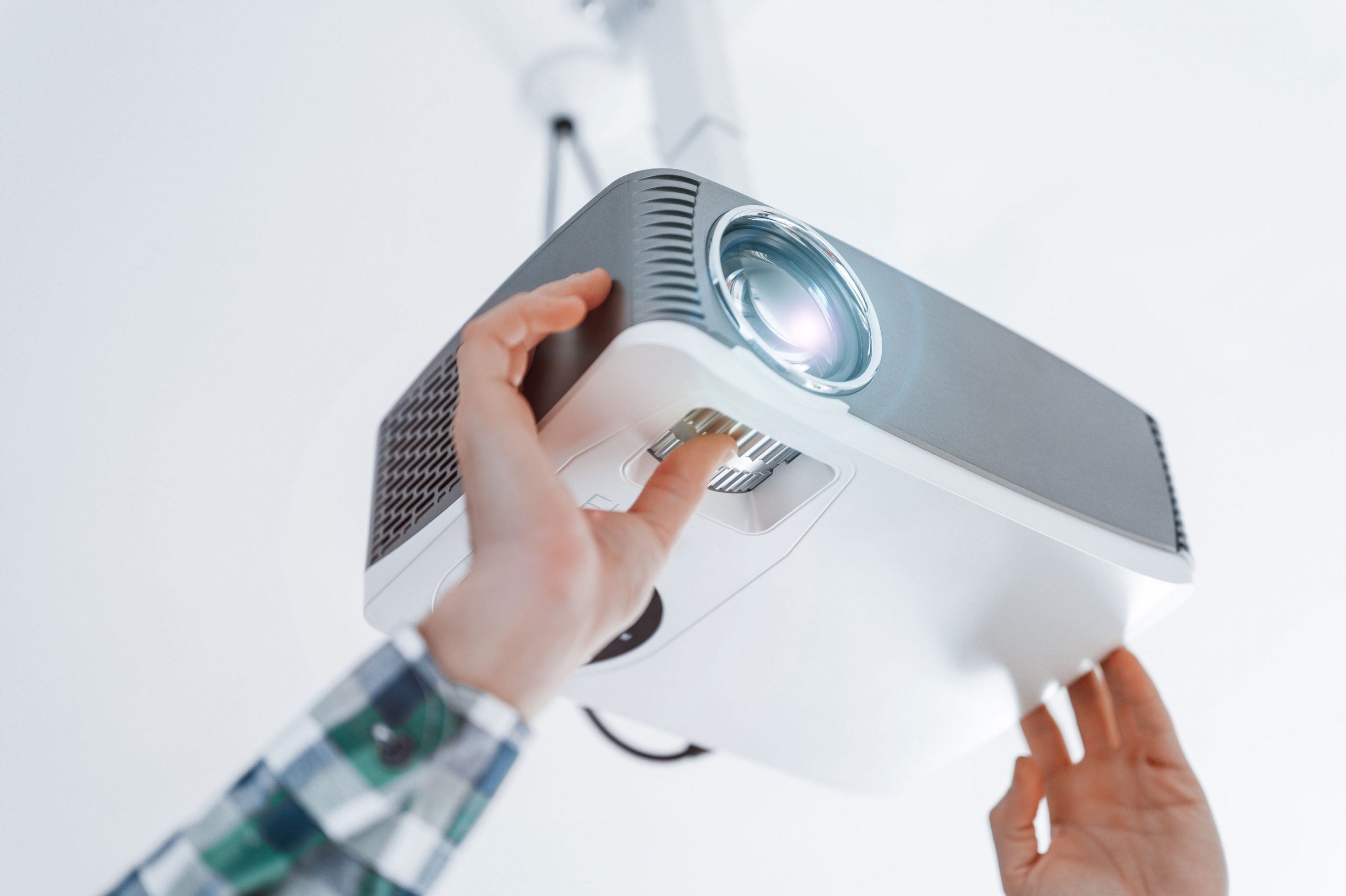

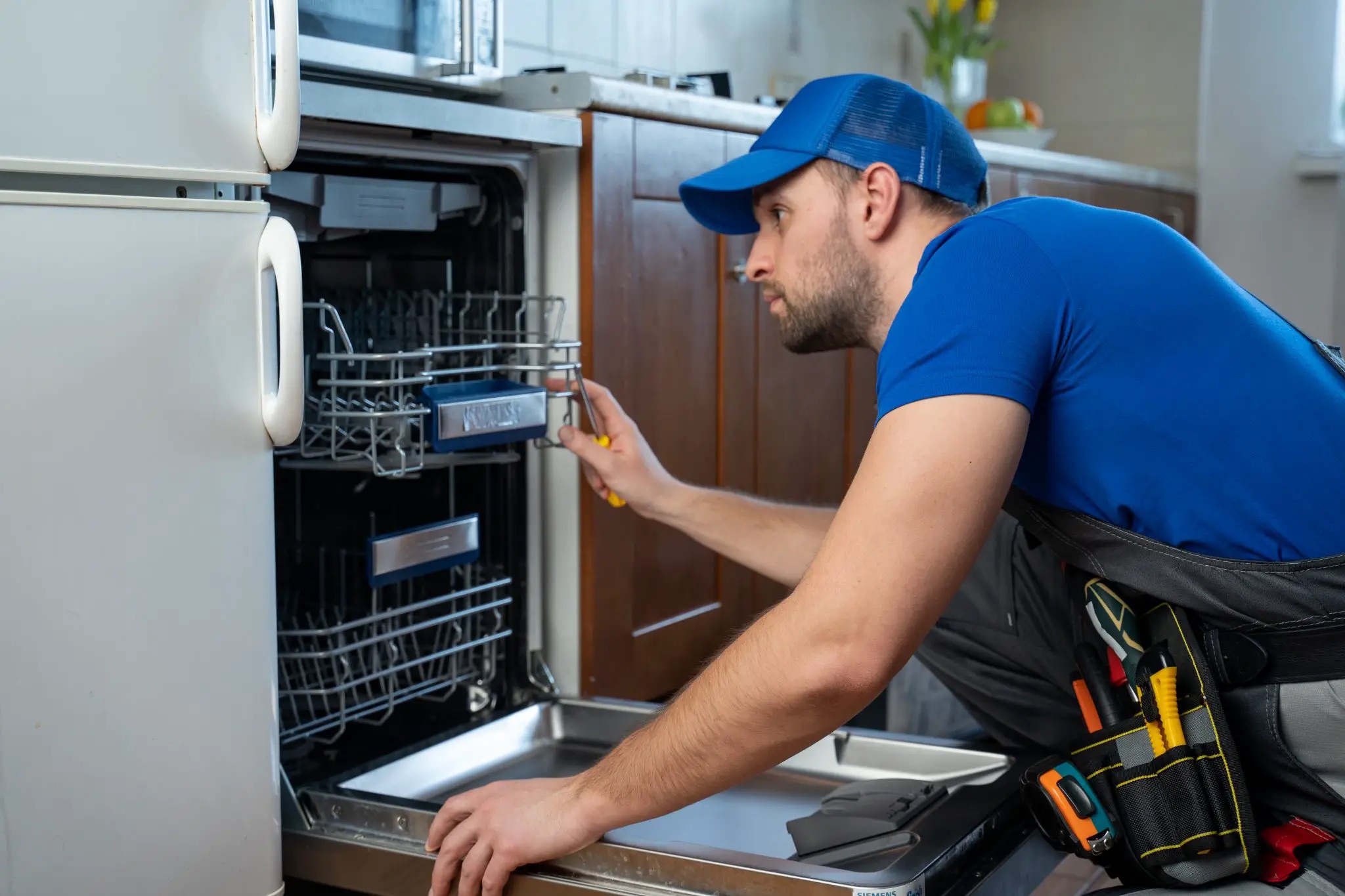
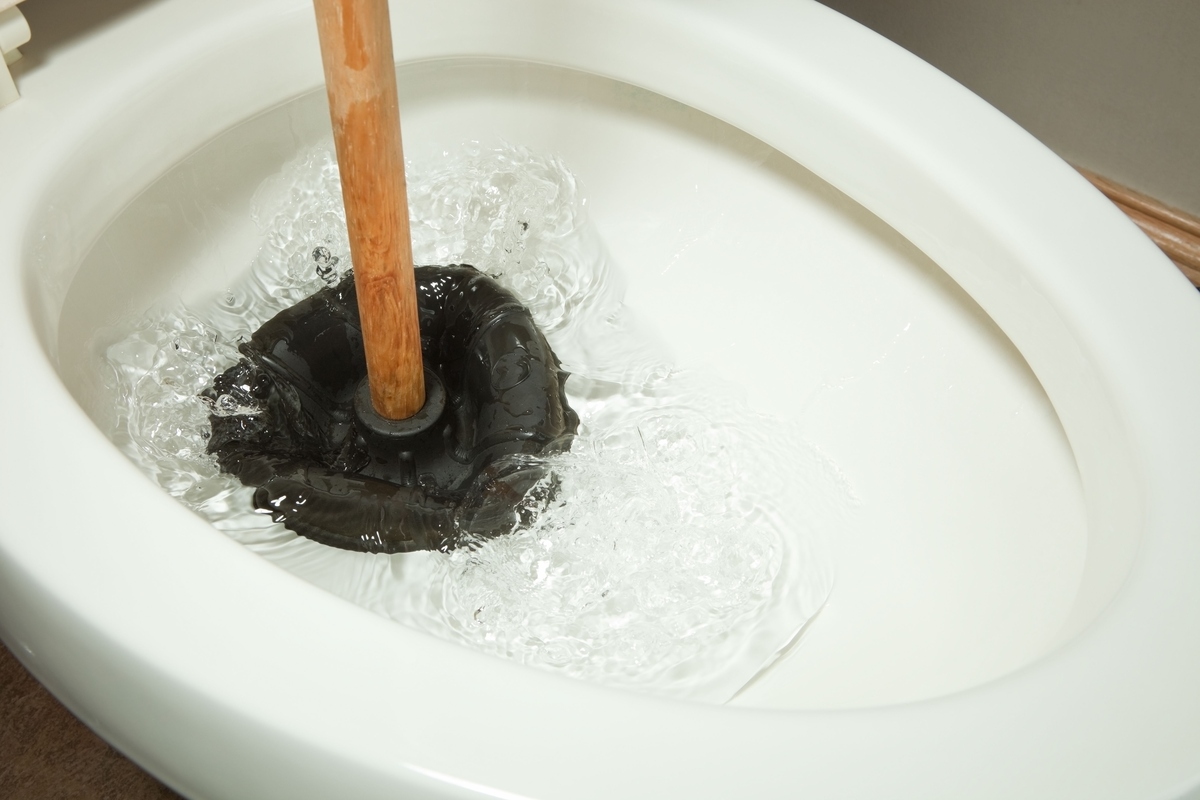
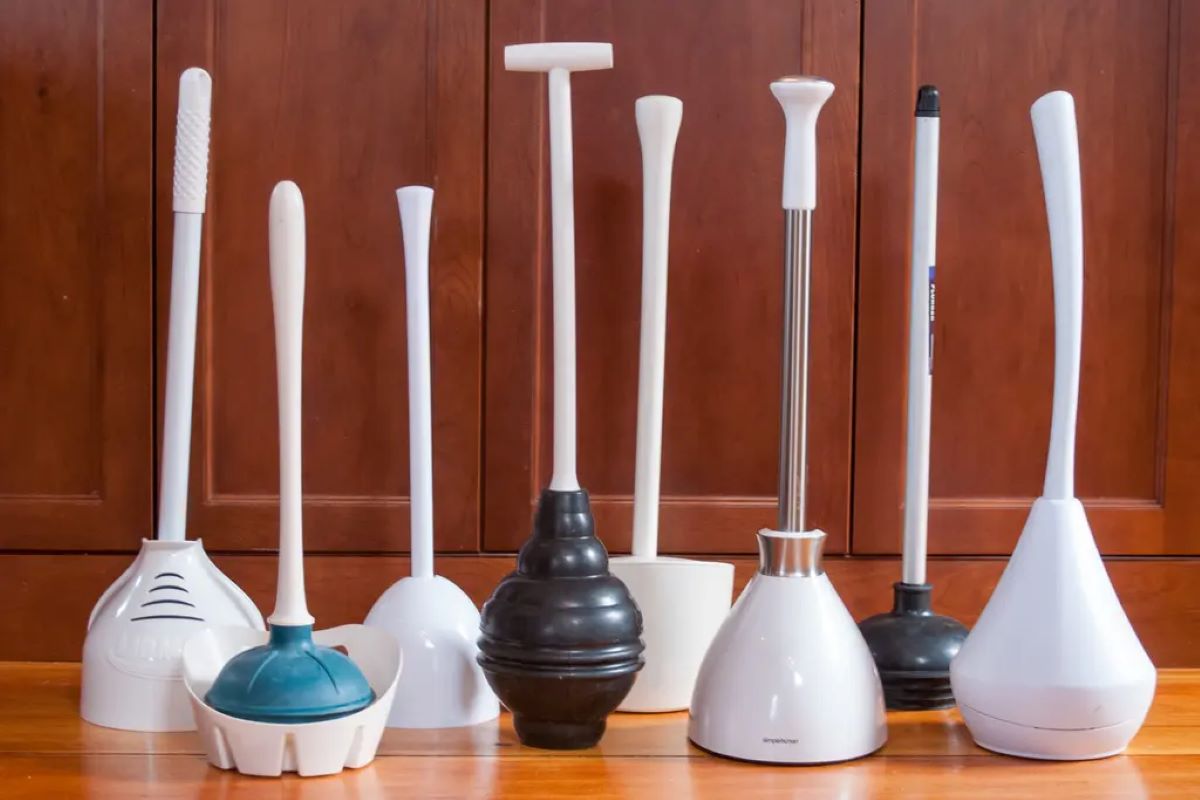
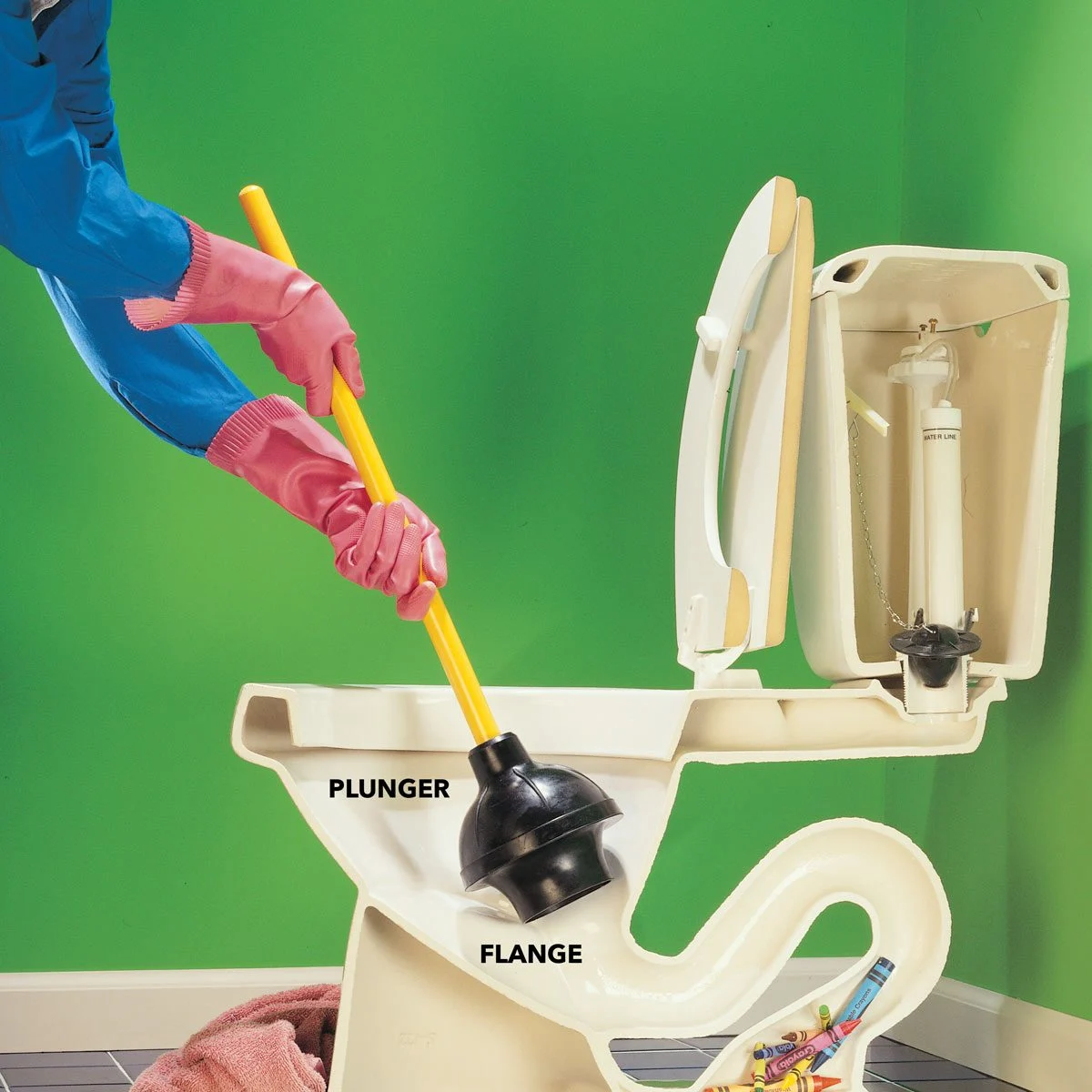
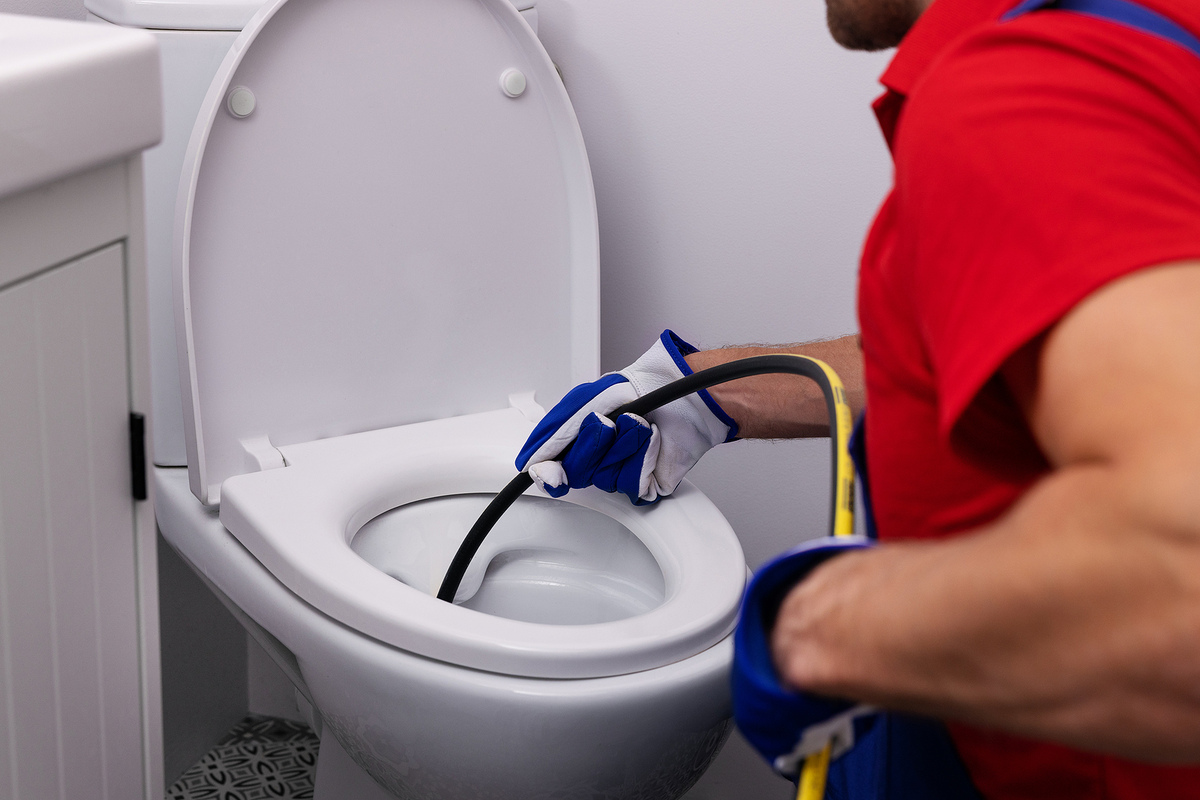
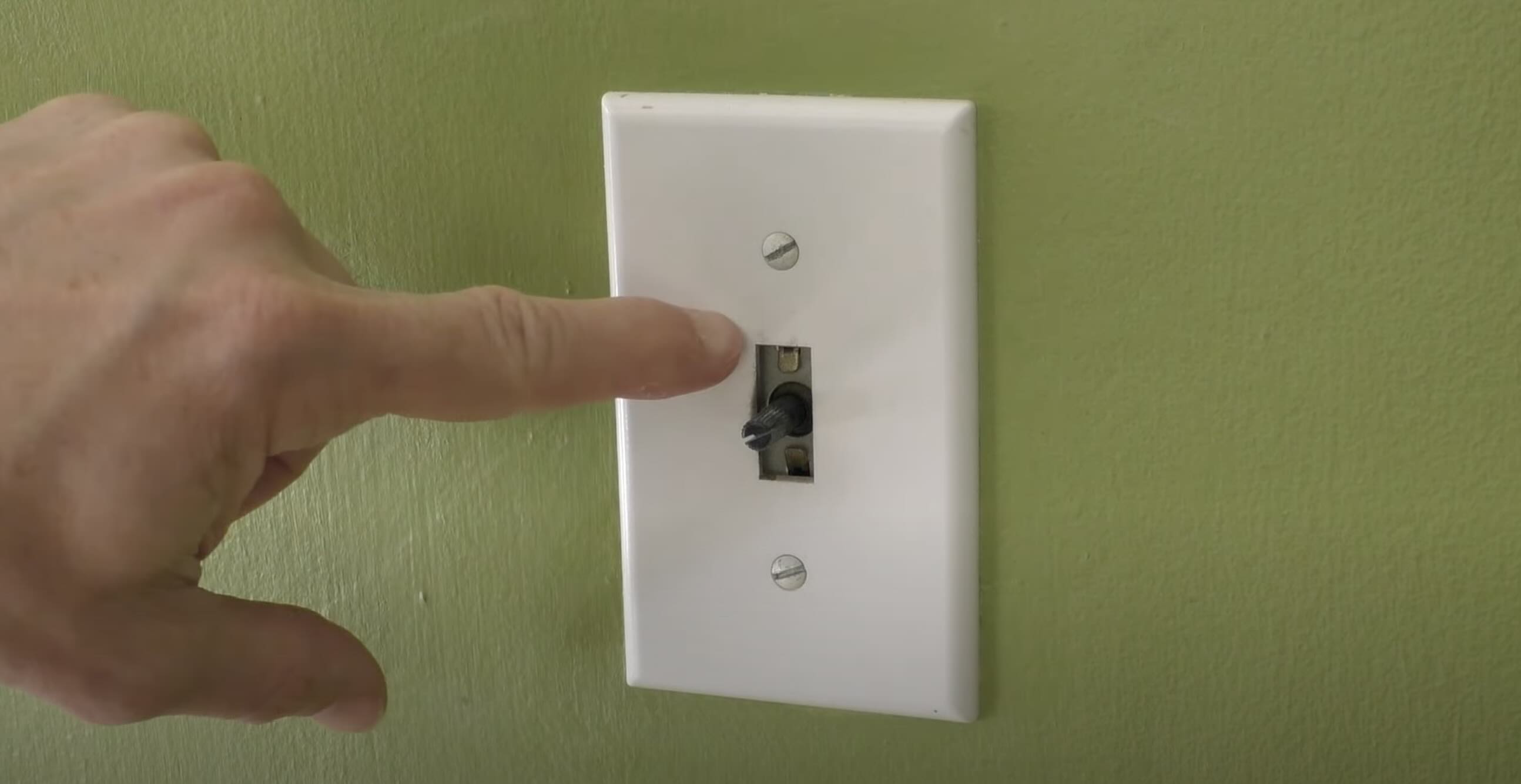
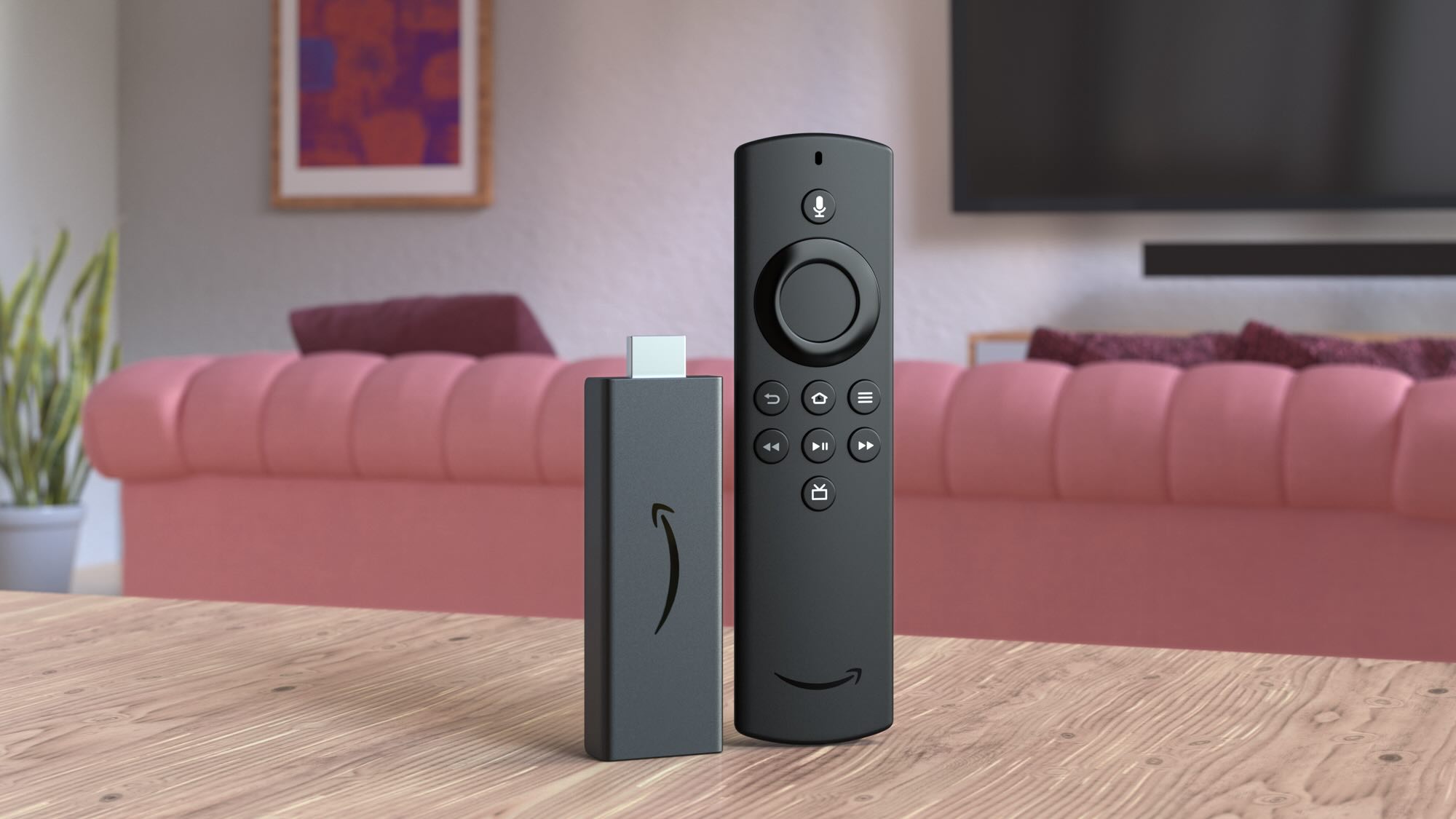
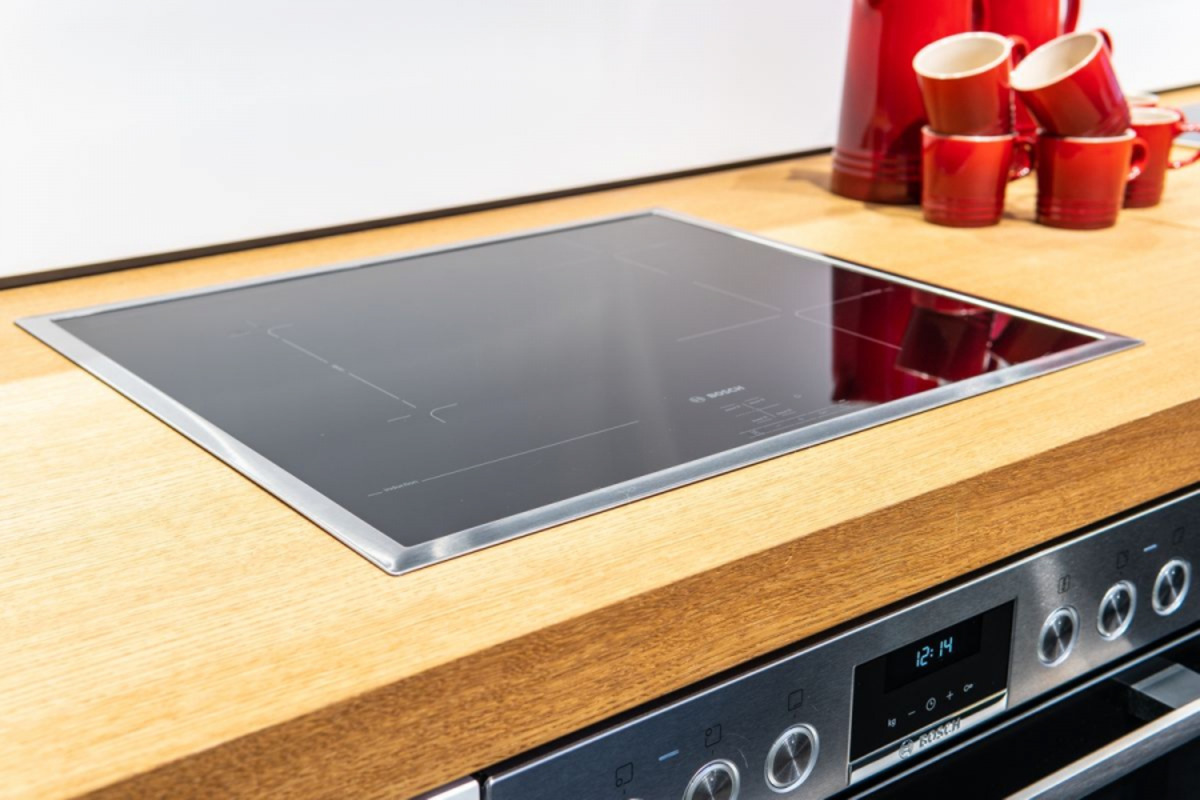
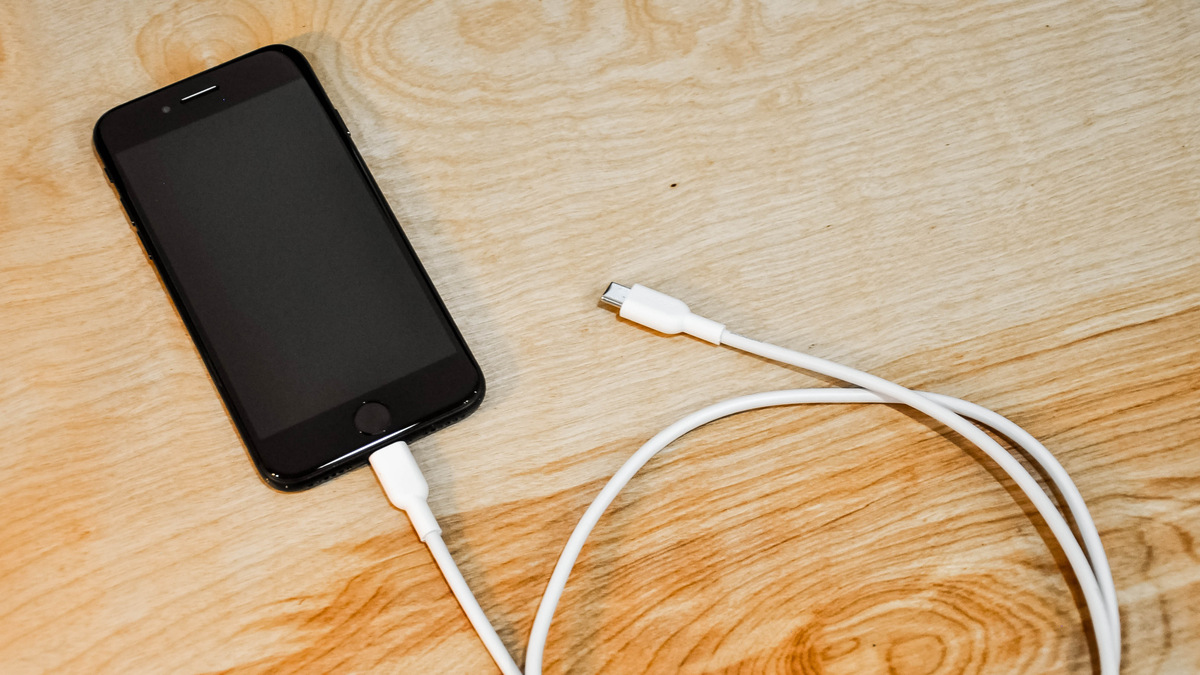
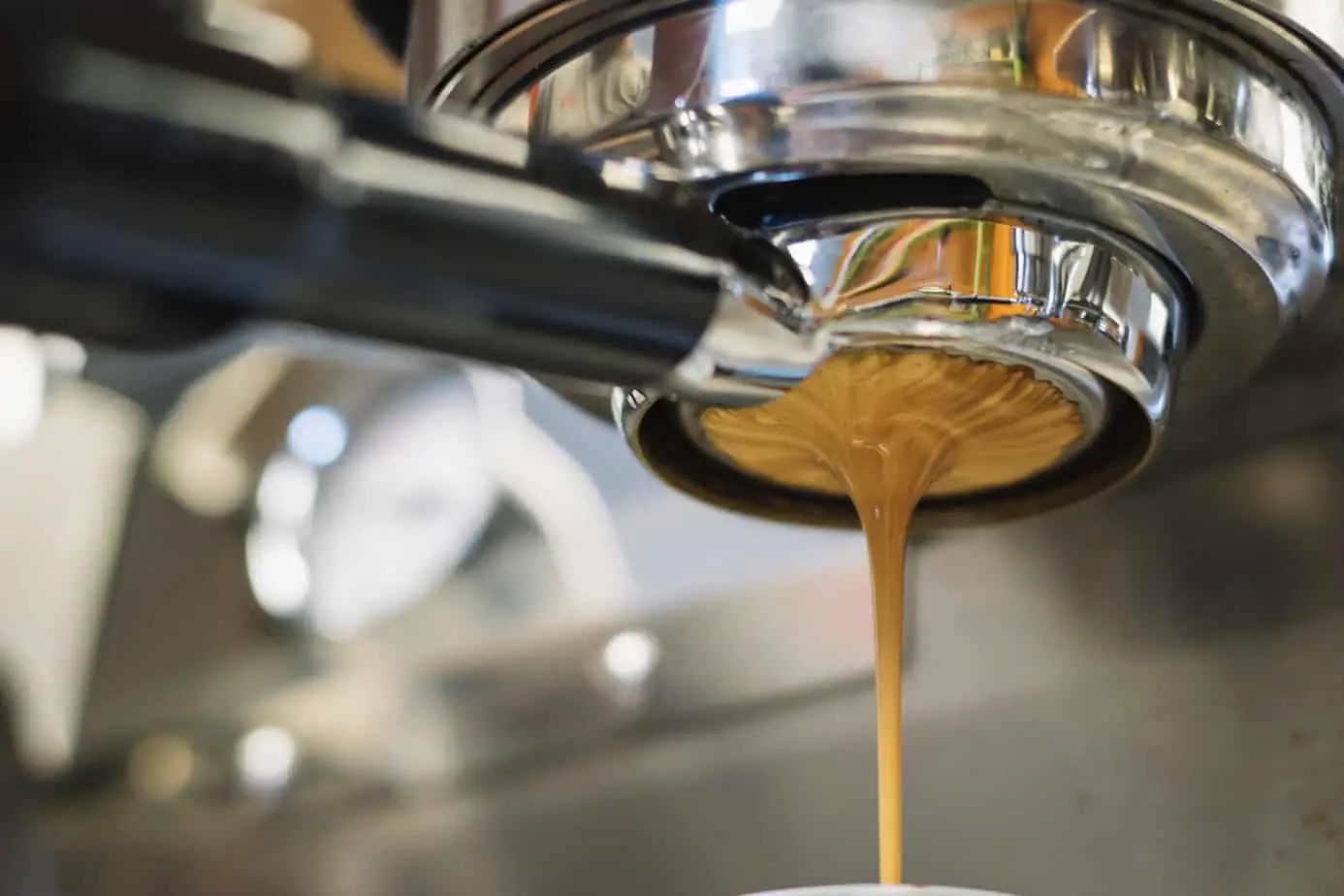

0 thoughts on “Why Is My Toilet Plunger Not Working”